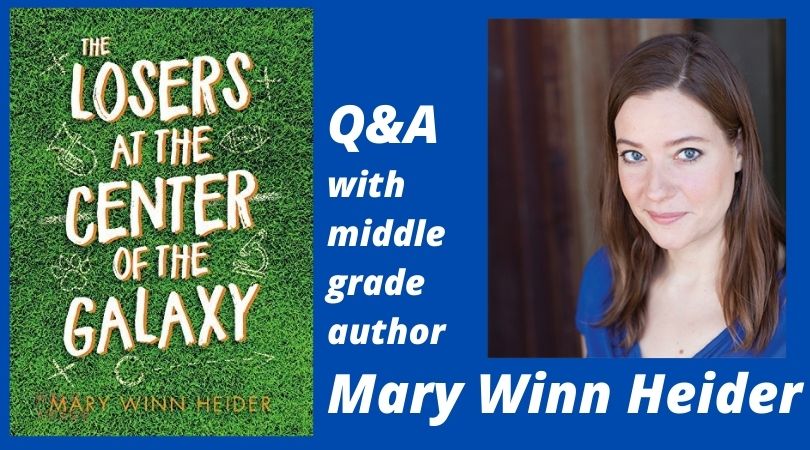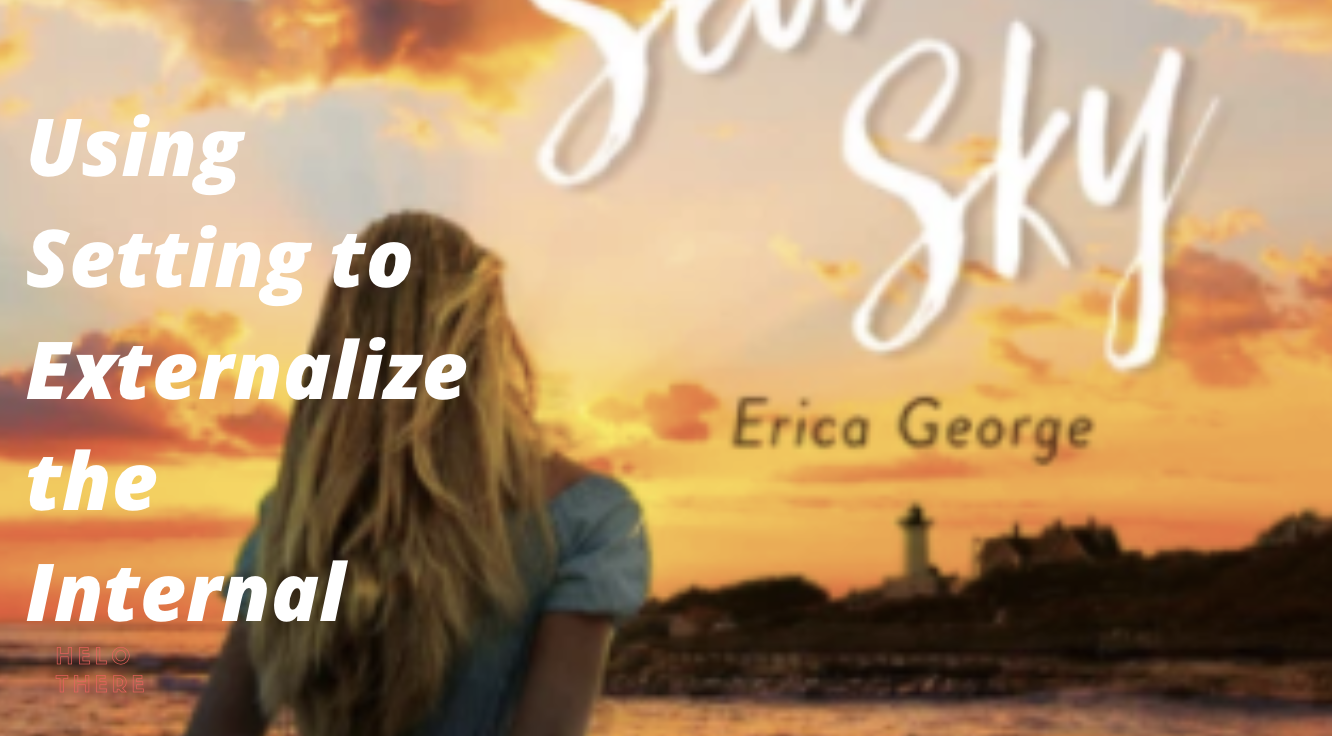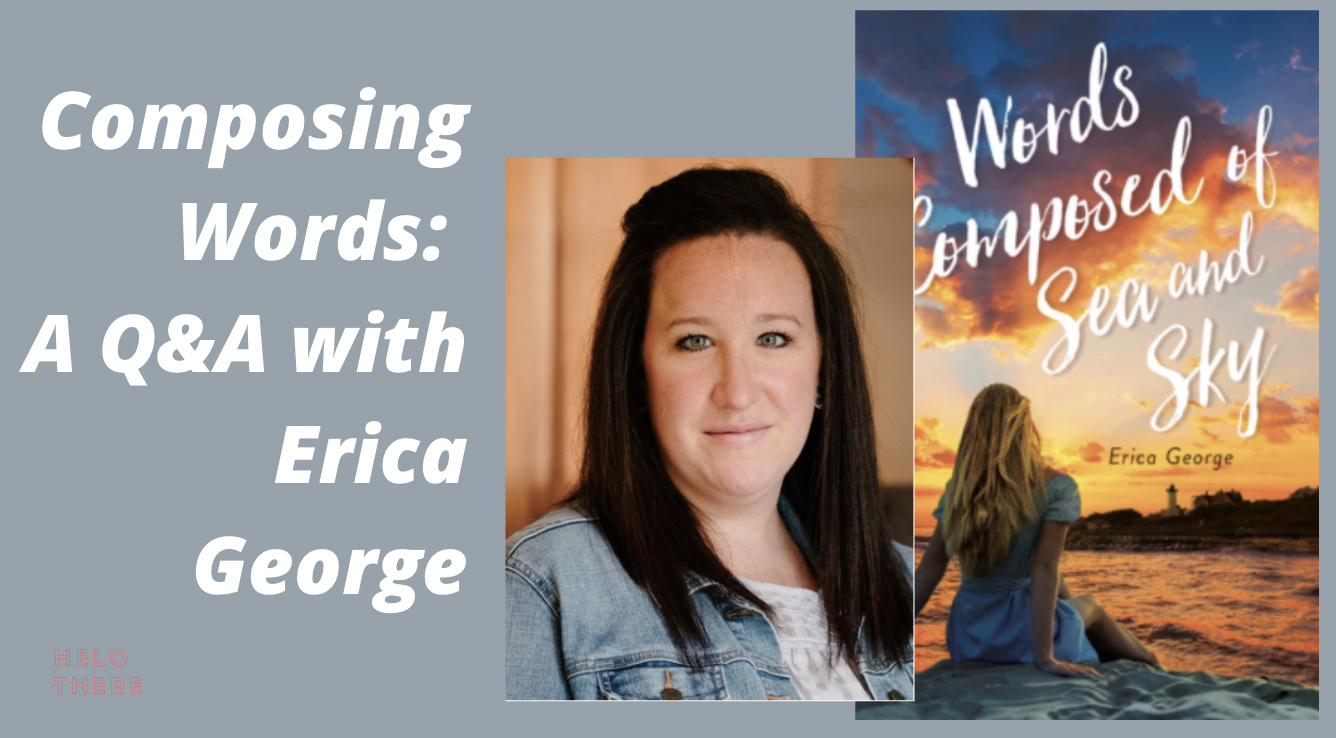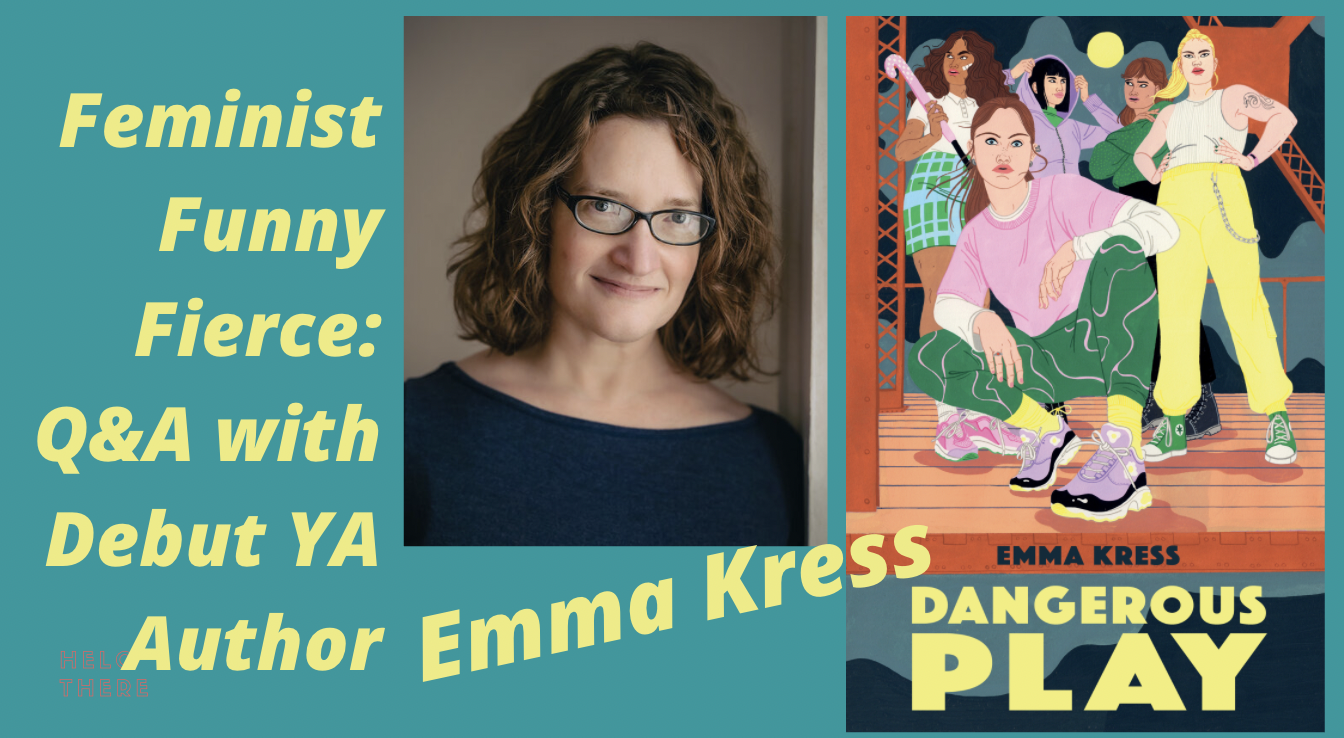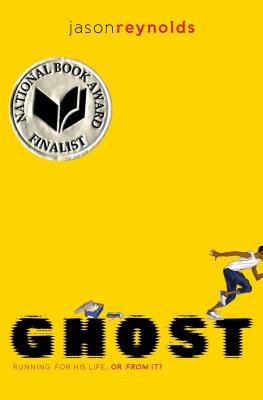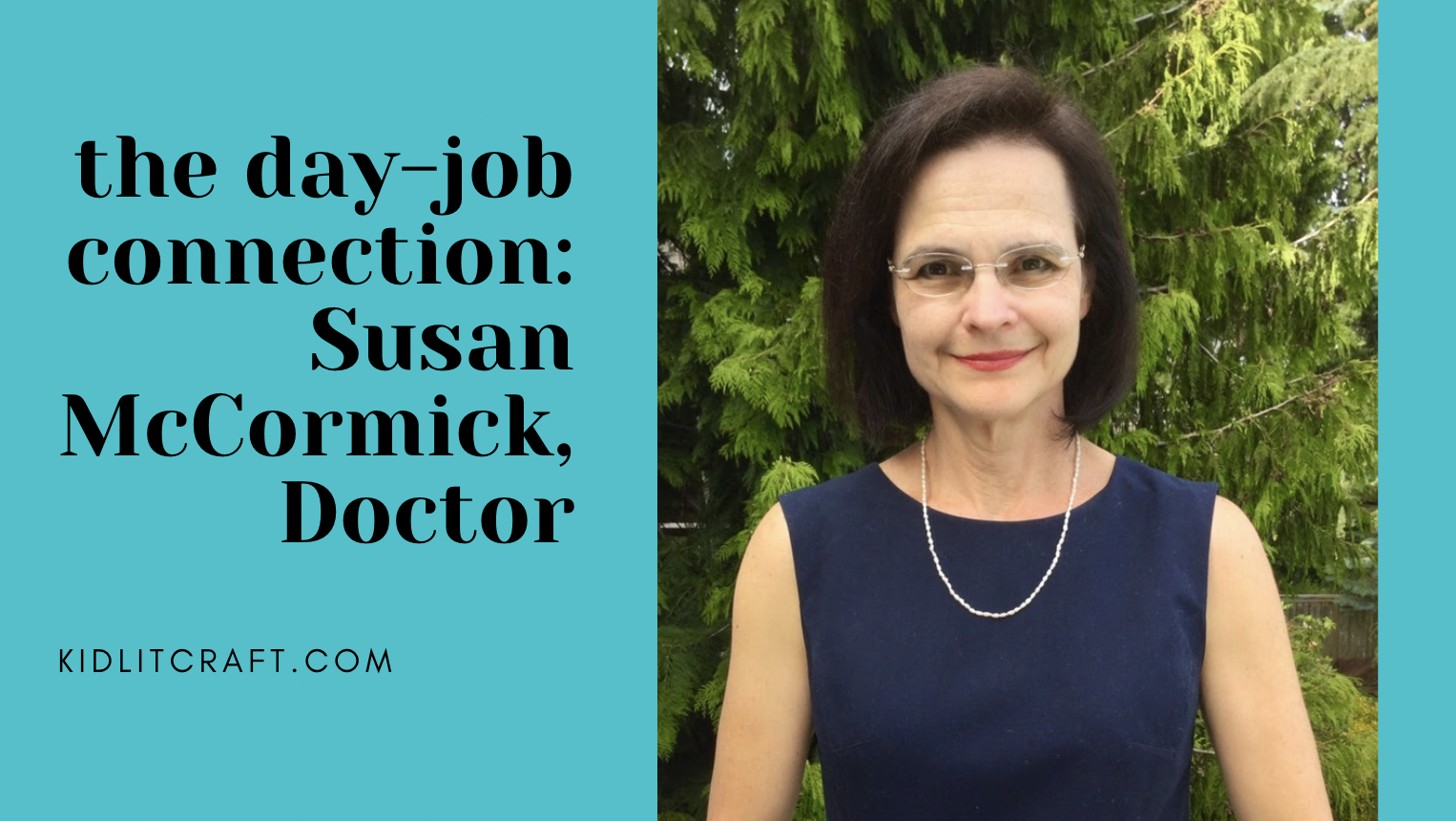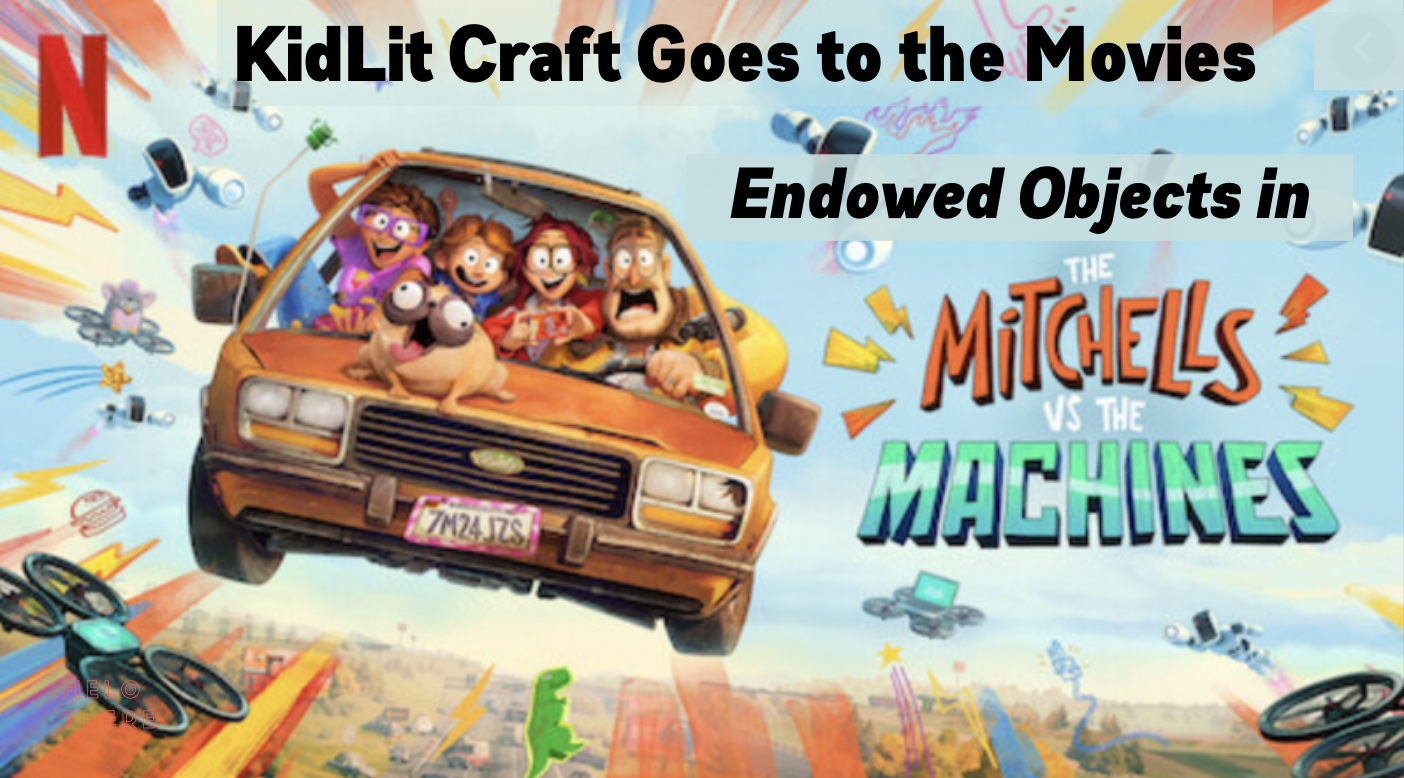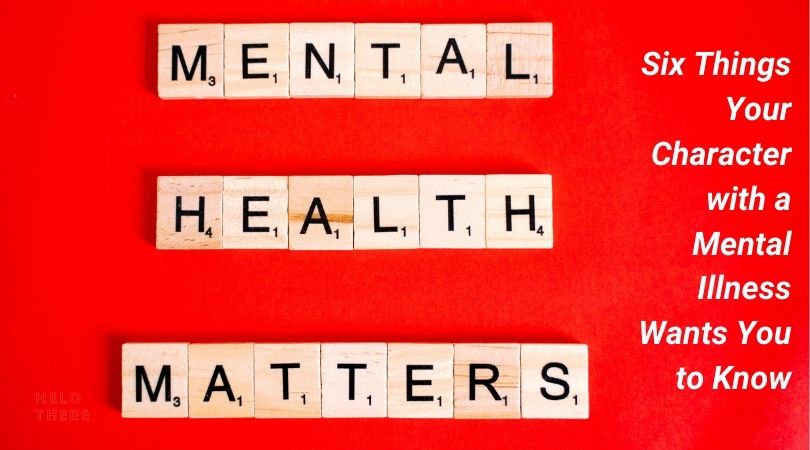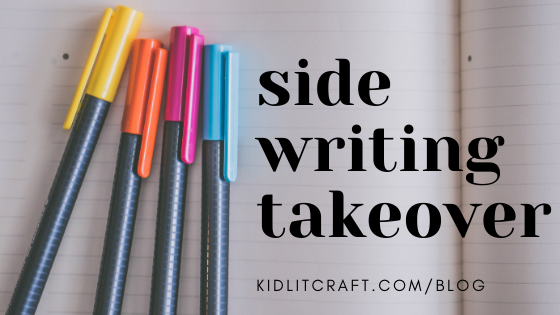hello!
JOIN US IN EXPLORING OTHERS' CRAFT AND BUILDING OUR OWN
“The biggest leap for me in my writing life happened when I got comfortable with failure. I wrote some disastrous things in grad school. But before that, my writing had gotten stagnant because I was too anxious about getting it right all the time. Allowing myself to fail gave me the freedom to take risks and make mistakes. Those mistakes, in turn, taught me how to write the way I want to write.”
As writers, we can look to our settings to provide a wealth of tools to not only add depth to the story but to underline the experiences of the characters, their feelings, their motivations, their desires.
“I love that when I have a question, I can reach out and pick the brilliant brains of other talented kidlit writers. I’m always amazed at how quickly plot or character problems can be solved when you get out of your own head. I also love how willing people are to share great examples of kidlit to use as mentor texts.”
I first heard Emma read from a chapter-book-in-progress, and her voice blew me away. Emma’s writing as such attention to detail, such personality, such emotional resonance. She can write funny and serious–sometimes in the same sentence. Emma’s debut YA novel, DANGEROUS PLAY comes out August 3, and I’m so glad we get a peek into Emma’s brain and writing process. I highly recommend both DANGEROUS PLAY and Emma herself.
Birdsall establishes a strong narrative voice for her omniscient narrator in the opening pages, and then seamlessly slips from one point of view to another without losing the reader.
Soaking up the sun and reposting some favorite craft posts, starting with Jen Jobart’s analysis of Jason Reynold’s GHOST through the lens of Cheryl Klein’s THE MAGIC WORDS craft book.
Dr. Susan McCormick: Accept the unexpected. Sometimes as a doctor, a diagnosis that had eluded me would appear in the night or while I was running or in the shower. These messages from my inner brain were always right. Similarly, accept any magic that pours from your fingers while writing, or any miracles that come while your brain is on break. These ideas from nowhere are often the best.
The moose is meaningful to both Dad and Katie, and the movie creates additional layers of meaning through the old movies (flashbacks) and the way the moose moves from person to person. We know what the moose means, so we can imagine what the characters are feeling, and ultimately, we feel it too.
Many kids that experience mental illnesses start developing symptoms as young teens–just when they’re at the age to encounter Young Adult literature. Through YA novels, writers can reach readers at this critical time. Young adult books can be a balm to teens struggling with mental health, offering disability representation, much-needed hope, and comfort in knowing that they’ll come through their darkest days… if we follow a few key guidelines. These six pointers are indispensable in creating an empathetic, accurate, and hopeful book with mental health themes.
The authors and contributors we interviewed had so many wonderful sidewriting challenges, we thought we’d put them all in one place. Each exercise will have a link back to the original post so you can learn more about the author and how sidewriting works for them. Enjoy!
